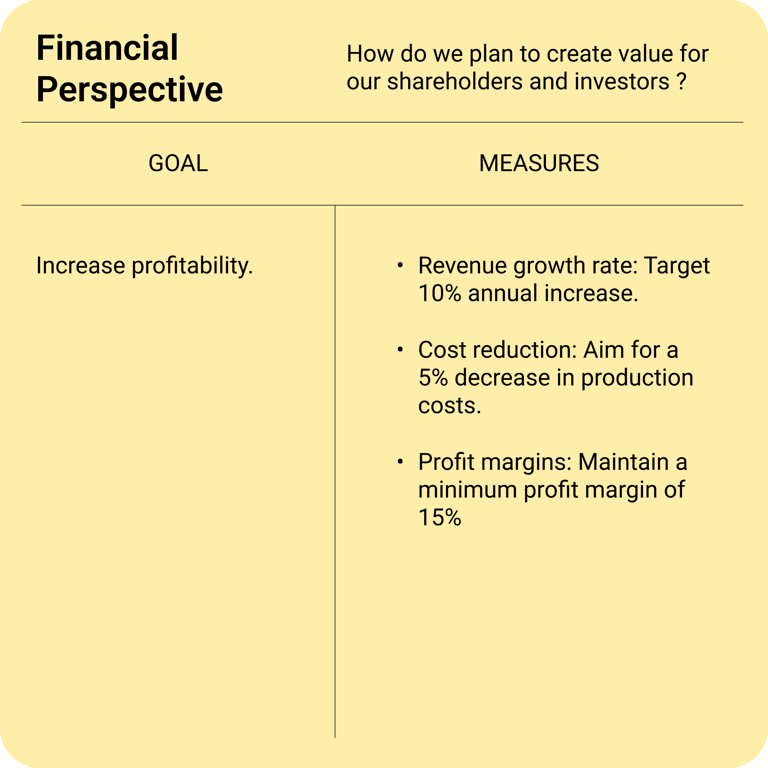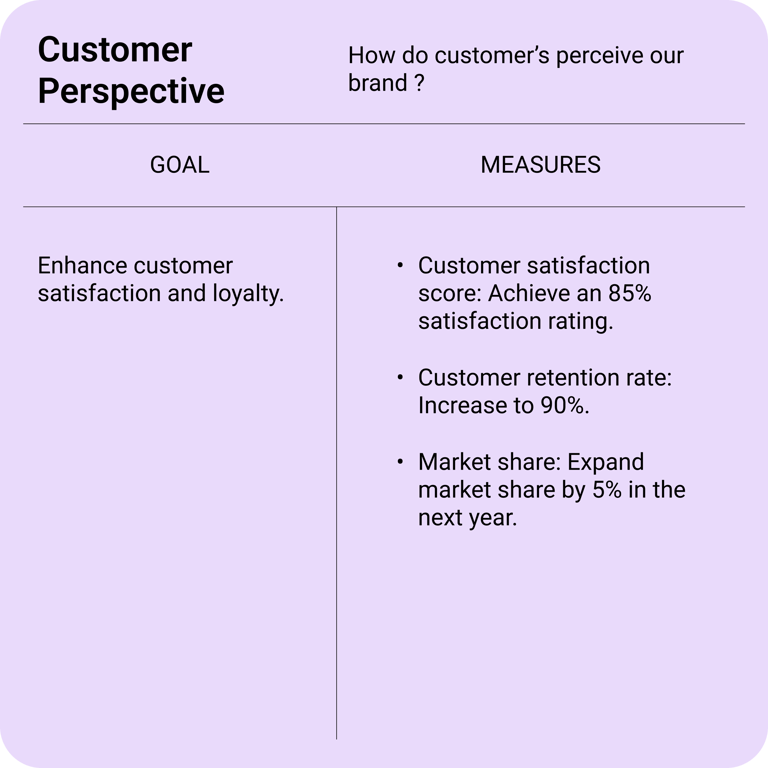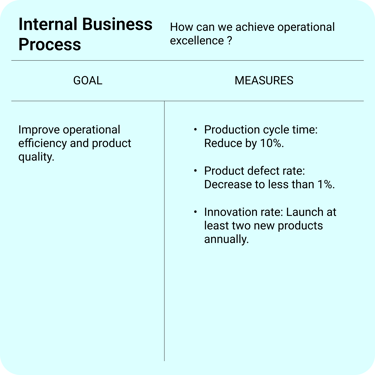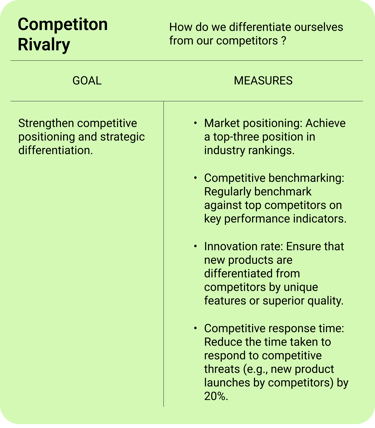Balanced Score Card
Unlocking Business Potential with the Balanced Scorecard Technique
The Balanced Scorecard is a strategic management tool that helps organisations translate vision and strategy into actionable objectives. It integrates financial and non-financial performance measures across four perspectives: Financial, Customer, Internal Processes, and Learning & Growth. This holistic approach ensures a balanced view of organisational performance. By aligning initiatives and metrics, it drives continuous improvement and strategic alignment.
The Balanced Scorecard (BSC) technique, introduced by Robert Kaplan and David Norton in the early 1990s, has become an indispensable tool for managers worldwide. This blog explores the BSC's fundamental principles, its four perspectives, and illustrates its application with an example.
Understanding the Balanced Scorecard
The Balanced Scorecard is more than a performance measurement tool; it is a comprehensive management system that translates a company’s vision and strategy into a coherent set of performance measures. Unlike traditional performance systems that focus solely on financial outcomes, the BSC integrates financial and non-financial metrics to provide a balanced view of organisational performance.
The Four Perspectives of the Balanced Scorecard
Financial Perspective: This dimension assesses the economic consequences of actions taken in the other three perspectives. Key metrics might include revenue growth, cost reduction, profit margins, and return on investment (ROI).
Customer Perspective: This aspect evaluates the company’s performance from the viewpoint of the customers. Measures often include customer satisfaction, retention rates, market share, and customer acquisition costs.
Internal Processes Perspective: This perspective focuses on the internal operational goals needed to meet customer expectations and financial objectives. Key indicators could be process efficiency, cycle time, quality, and innovation rates.
Learning & Growth Perspective: This dimension measures the organisation’s capacity to innovate, improve, and learn. Key metrics often involve employee training and development, organisational culture, employee satisfaction, and retention rates.
Implementing the Balanced Scorecard: An Example
Let's consider a mid-sized manufacturing company, "TechGears Inc.," looking to enhance its market position and profitability.
Conclusion
Integrating a Competitive Perspective into the Balanced Scorecard enriches its strategic utility, helping organisations like TechGears Inc. to stay vigilant and proactive in a competitive market. This additional focus not only strengthens the company's market position but also drives sustained strategic advantage through continuous benchmarking, innovation, and competitive awareness. Adopting this five-dimensional approach can be pivotal for companies aiming to thrive in an increasingly competitive business environment.
Adding a fifth perspective to the Balanced Scorecard to focus on competition can enhance its strategic value. This "Competitive Perspective" can help organisations keep track of their position in the market relative to their rivals, enabling them to react promptly and strategically to competitive threats and opportunities


Competitive Rivalry: Adding a Competitive Perspective to the Balanced Scorecard helps organisations monitor their market position and strategic differentiation, ensuring they stay ahead of rivals by tracking key competitive metrics. This perspective enhances strategic agility and fosters continuous innovation in response to market dynamics.











